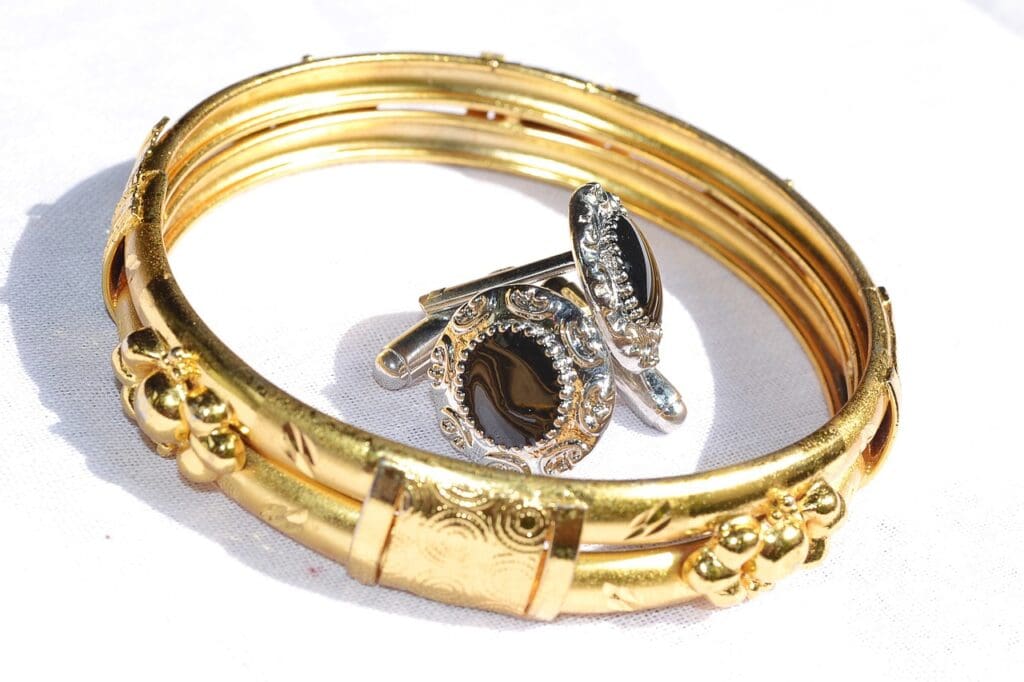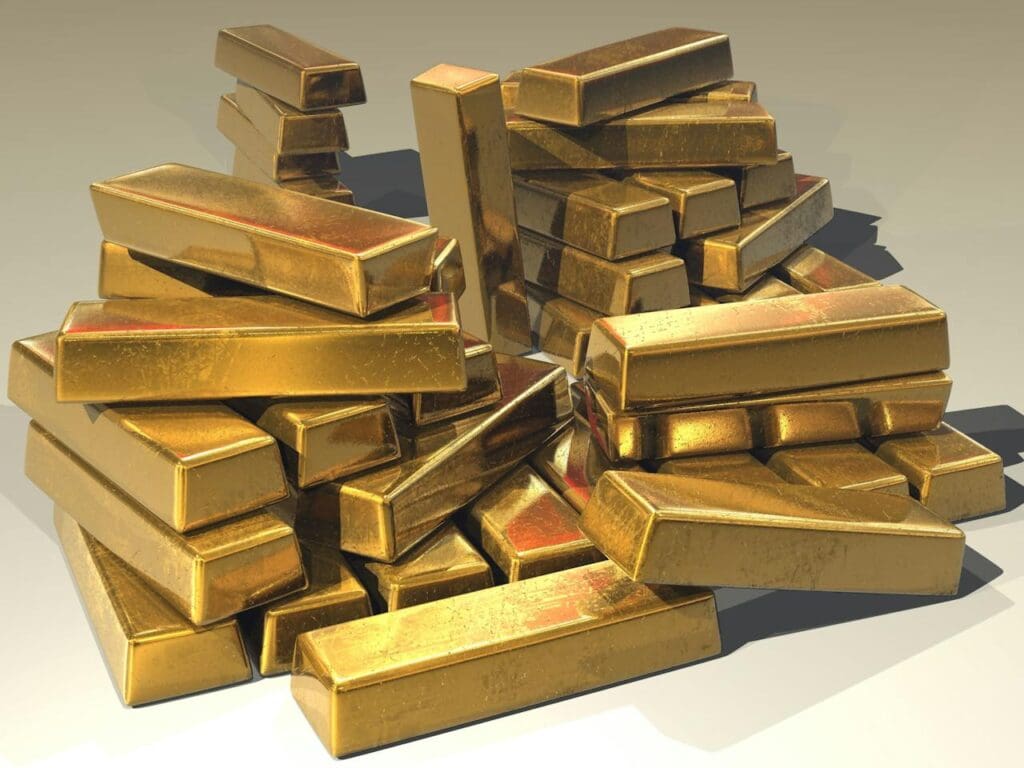Precious metals have always piqued human interest due to their rarity, value, and shimmering allure. These characteristics have led to their use in various areas such as jewelry, coinage, and industry. However, there’s more to these gleaming elements than meets the eye. In this blog post, we’ll delve beneath the surface to unveil six fascinating and lesser-known facts about precious metals, offering you a fresh perspective on these highly coveted elements.
The Price
The price of precious metals is often subject to extreme volatility. This is driven by a confluence of factors including global market conditions, investor sentiment, and geopolitical events. Interestingly, these metals often behave counter to the general stock market, gaining value in times of economic uncertainty. This unique characteristic has cemented its position as a popular investment vehicle and a hedge against inflation. Whether it’s gold, silver, platinum, or palladium, the price of these metals can fluctuate wildly in a short period, making them an intriguing and lucrative asset for investors. This volatility also makes it a challenging subject for economists and financial analysts to predict accurately.
Hidden in Plain Sight
You may be surprised to learn that precious metals are all around us, quietly integrated into our daily lives. For instance, our mobile phones and computers are powered by circuitry that utilizes gold due to its superior conductivity and resistance to corrosion.
Furthermore, catalytic converters, a critical component in reducing harmful emissions from our vehicles, are manufactured using platinum and palladium. In the medical field, silver is prized for its antimicrobial properties and is used in a variety of applications, including wound dressings and medical equipment. It’s quite astonishing to realize that these precious elements, often associated with opulence and luxury, play such a vital, unseen role in our everyday existence.
The Science of Color
The captivating colors of precious metals aren’t merely a feast for the eyes, but a result of complex scientific phenomena. For instance, gold gets its iconic yellow glow from the way light interacts with its electrons. When light strikes a gold atom, the electrons absorb some light wavelengths while reflecting others, resulting in the characteristic golden hue we associate with this valuable metal. Similarly, silver’s striking white color is due to its high reflectivity, meaning it reflects all wavelengths of light, resulting in a shiny, mirror-like appearance. Even the dazzling array of colors seen in some precious gemstones, such as opals, can be traced back to the science of light interaction.
Precious Metals in Space
Exploration beyond our planet has revealed that precious metals are not just confined to Earth — they’re scattered throughout the cosmos. Space expeditions and meteorite studies have confirmed the presence of gold, platinum, and other precious elements in extraterrestrial bodies. Meteorites, for instance, often contain trace amounts of precious metals which they scatter on impact.
Astoundingly, scientists believe that a significant portion of Earth’s precious metals may be the result of meteorite impacts over billions of years. To add to the intrigue, recent discoveries suggest that there are celestial bodies, like the asteroid Psyche 16, that could be composed largely of precious metals. Imagine a space rock almost entirely made of nickel and iron, with a worth estimated into the quintillions of dollars!
The Dynamic World of Precious Metal Markets
The world of precious metal markets, just like the metals themselves, is an intriguing one. It’s a sphere where the rules of economics, politics, and nature come together to dictate value. Gold, silver, platinum, and palladium each have their unique markets, driven by supply and demand dynamics, as well as speculative trading. Gold, often seen as a ‘safe-haven’ asset, tends to shine during turbulent times, attracting investors seeking to preserve wealth.
Silver, dubbed the ‘devil’s metal’ due to its price volatility, is influenced not just by investor demand, but also by its myriad industrial uses. Platinum and palladium markets are heavily influenced by the automotive industry, given their use in catalytic converters. It’s a dynamic and sometimes unpredictable landscape, yet it’s this very unpredictability that makes the precious metals market a fascinating study and a potentially lucrative investment.

Cultural Significance
Precious metals have held profound cultural significance throughout human history, symbolizing power, wealth, and spiritual sanctity across diverse civilizations. For instance, gold, with its enduring luster and resistance to tarnish, has been associated with the divine and the eternal in numerous cultures. It has been used extensively in sacred art and architecture, from the golden sarcophagus of ancient Egyptian pharaohs to the resplendent golden domes of Eastern Orthodox churches.
Silver, on the other hand, has been imbued with mystical and lunar associations, and is often symbolically contrasted with gold. The cultural significance of precious metals extends to contemporary times, influencing fashion, design, and popular culture. Whether it’s the allure of a platinum record in the music industry or the desire for a diamond engagement ring, the cultural resonance of precious metals remains as potent today as ever.
In conclusion, precious metals are far more than just shiny, valuable elements. They have a multifaceted nature, encompassing scientific, financial, cultural, and even cosmic dimensions. Understanding the intricacies of these fascinating metals only adds to their allure and appreciation. So the next time you see a gleaming piece of jewelry or hear about the latest fluctuations in gold prices, remember that there’s always more beneath the surface.

